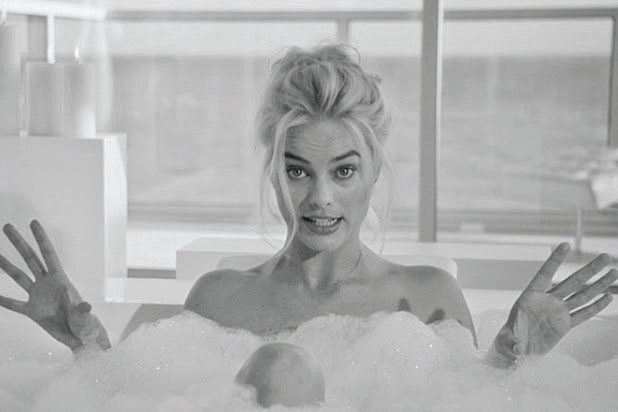The Big Short — Educational Mayhem

By Maria Rodriguez
How would you explain the financial crisis of 2008 if your audience was five? Well, The Big Short explains it more like you’re fifteen, but the point remains: accessibility.
For much of the audience, the economic meltdown, the burst of the housing bubble, the greatest financial crisis since the Great Depression—whatever you have heard it labeled as—is a thing of mystery. We remember sadly how many we knew lost their jobs, lost their homes, and how so many more threw a fit when the government bailed out the failed banks.
But does any of us really know what happened?
Sit down, overenthusiastic finance and politics majors, the rest of us need a moment to figure out all the convoluted terminology and conceptual thingymabobs. We would like to know, but there are precious few attempts to explain the crisis without resorting to textbook-speak. And so we beat on, slugged down by muddled facts and presentations.
The film hopes to eradicate the chasm-like divide between those who understand CDO’s and sub-prime mortgages – with the appearance of Margot Robbie (Harley Quinn in the upcoming Suicide Squad and Leonardo DiCaprio’s second wife in The Wolf of Wall Street) in a bubble bath.
With a lilting aussie-accent, the gorgeous blonde sips champagne and, through analogy, explains what a sub-prime mortgage is.
“These terms were invented by Wall Street Bankers to make you think that only they can do what they do,” says Ryan Gosling’s character.
The filmmakers took this to heart. Margot Robbie is not the only celebrity to appear to teach jargon in an inviting manner. This technique is revisited a couple times over – pausing the action to make sure the audience understands what’s going on. Ever seen the PBS Idea Channel on YouTube? This movie is a bit like their limited-attention-span friendly videos.
It is like an overly-long Public Service Announcement wrapped up in a spastic narrative moving at a breakneck pace.
Helmed by someone other than Anchorman, Talladega Nights, and Step-Brothers co-writer Adam McKay, the film could have drowned in its serious implications. The ending, after all, as every audience member knows, is unhappy. We know the market crashed and financial crisis ensued. But since it’s presented by highlighting the ludicrousness of it all, it’s funny.
The star-studded cast delivers performances expected from the caliber of the actors’ stock. A brooding, wise Brad Pitt reminds viewers that he is not a pretty-boy actor, but a serious man, concerned about the welfare of the world. There is a neurotic and socially awkward Christian Bale, a suave and confident Ryan Gosling, and a brilliant but angry Steve Carrell which, when combined, make for a nuanced and compelling picture.
Although the film lambastes the Bernie Madoff-esque characters (those slick, slimy, bankers…yes we’re looking at you Max Greenfield, with your pomaded head and Crest-ad grin), the characters are no heroes. It’s a story of how all these disparate characters in the film made money off of a broken financial system. The hypocritical tone leaves a sobering taste at the exit.
As for the film’s educational purpose, it is a story that you have heard before, but now might understand what it means.





